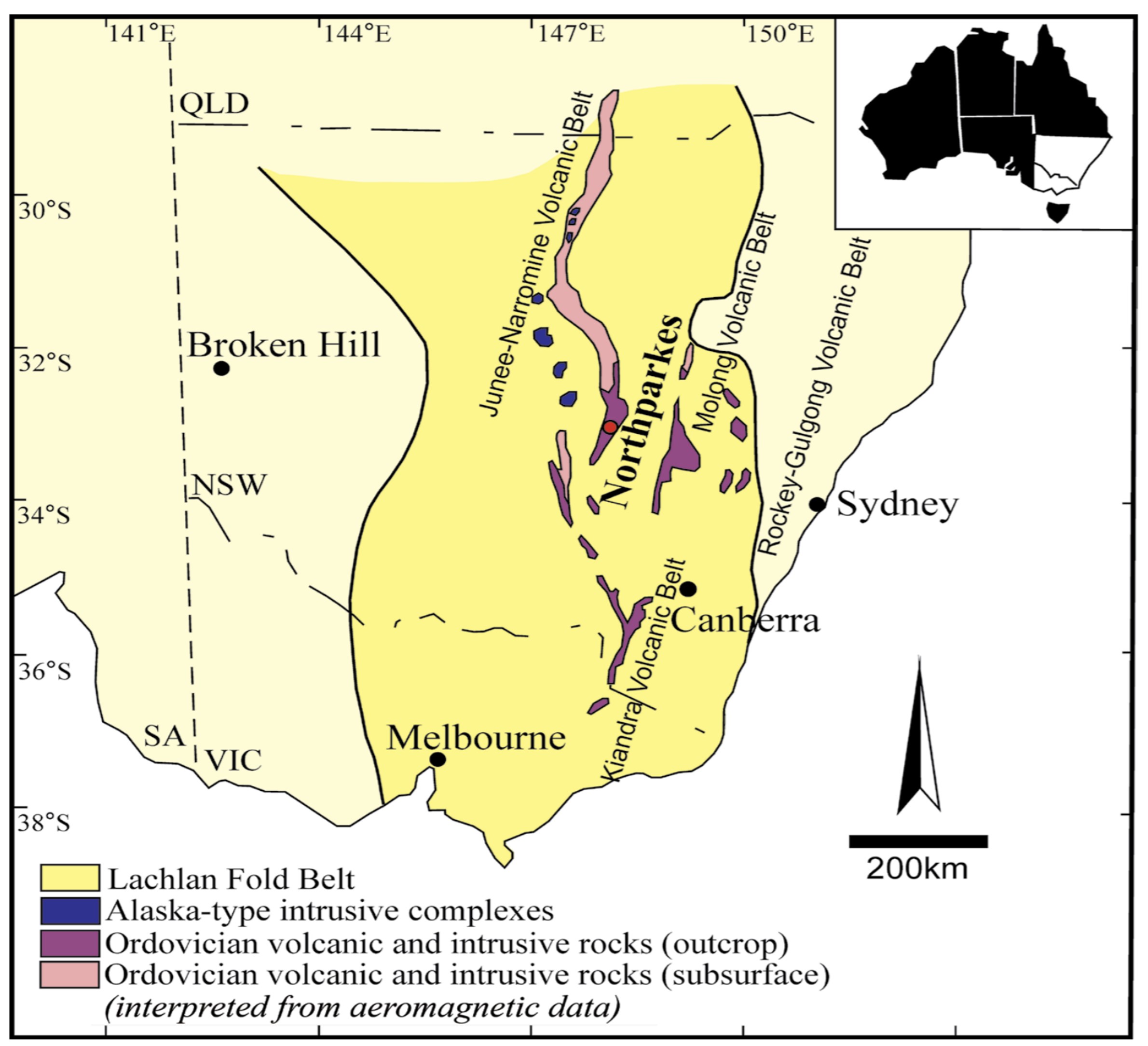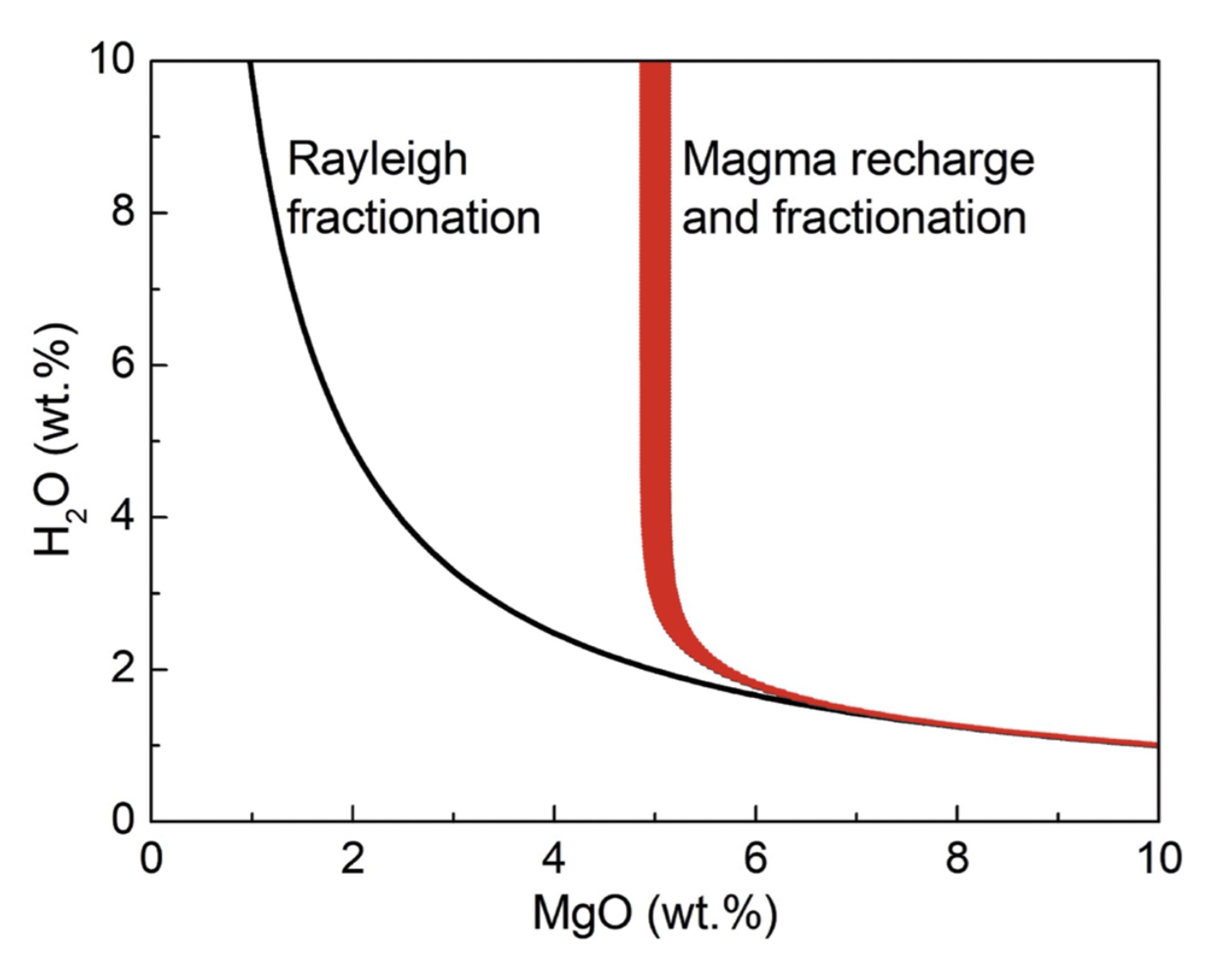Hao et al. has published a new study with important implications for magma fertility
04/14/2020
A new publication of Hongda Hao, a collaborator of PML has been published. This publication also implicates two memebers of PML, Prof. Eizo Nakamura and Ms. Chie Sakaguchi. As brief, the publication reports new geochronological and geochemical data for the barren and ore-associated suites from the Northparkes porphyry Cu-Au deposits, Australia, and concludes the importance of this data for the implications for magma fertility. The Goonumbla and Wombin Volcanics and intrusions are barren in the Northparkes area. A sample from Wombin suite yielded a zircon U-Pb age of 433.8 ± 3.1 Ma, whereas the ore-associated porphyries yielded ages between 441.8 ± 3.7 and 436.3 ± 4.5 Ma.

The bulk of the mineralization at Northparkes is associated with a K-feldspar-phyric quartz monzonite porphyry (K-QMP), which gave U-Pb zircon ages of 441.8 ± 3.7 and 441.1 ± 2.5 Ma. The whole-rock Sr-Nd isotope compositions of the Goonumbla, Wombin, and ore-associated suites are similar, with (87Sr/86Sr)i = 0.704112 to 0.704424 and εNd = 5.6 to 6.9, which is typical of primitive intraoceanic island arcs, and their Pb isotope values lie within the MORB array. Most of the zircons from the Wombin and ore-associated suites have arc mantle-like O-Hf isotope compositions, with δ18O values that vary from 6.13 to 4.95, and εHf(t) from 11.5 to 6. These results suggest that the Goonumbla, Wombin, and ore-associated suites originated from typical arc mantle. The magmas that produced the Goonumbla and Wombin suites were dominated by plagioclase-pyroxene fractionation, and the Wombin suite has a low oxidation state with ΔFMQ between ~0 and 1.5. They were relatively reduced and dry. This combination resulted in early sulfide saturation, probably without reaching fluid saturation. Trace element modeling shows that plagioclase-amphibole dominated the later stages of fractionation of the ore-associated suite, implying that it had a higher water content than the barren suites. It was also more oxidized (ΔFMQ from ~0 to 4). The result was late sulfide saturation, which was followed shortly thereafter by voluminous fluid release. As a consequence, the ore-forming fluid effectively transferred Cu and Au from the magma to the site of hydrothermal ore deposition.

Finally the authors suggest that the higher water content and oxidation state of the ore-associated suite was due to the deep underlying magma chamber, which was recharged by many more pulses of magma than the chamber that underlay the barren suites. This is more effective in raising the concentration of incompatible water and ferric iron in the residual melt than straight fractional crystallization. High oxygen fugacities and water contents played a significant role in determining the timing of sulfide and fluid saturation, respectively, and as a result, they had a critical influence on magma fertility.
References:
- Hongda Hao, Ian H. Campbell, David R. Cooke, Eizo Nakamura, Chie Sakaguchi, Geochronology, Petrogenesis and Oxidation State of the Northparkes Igneous Suite, New South Wales, Australia: Implications for Magma Fertility, Economic Geology, (2021).
doi:10.5382/econgeo.4825